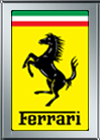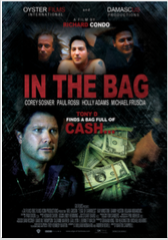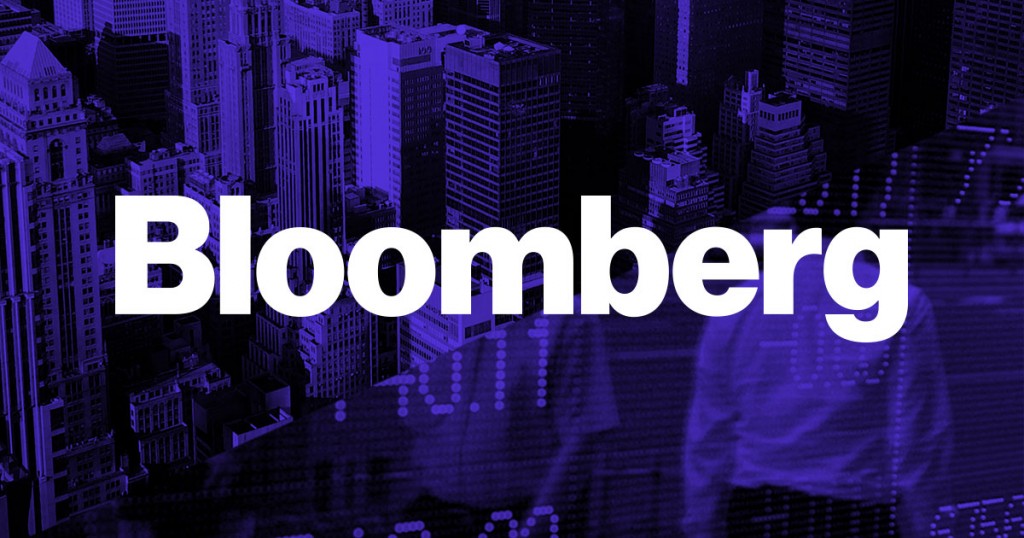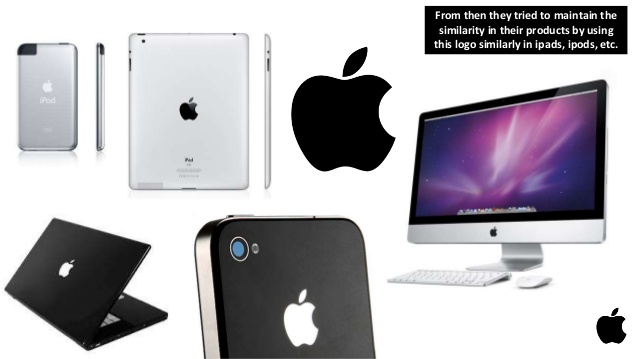TORONTO — Canada’s traditional grocery stores continued to lose food market share to Walmart and Costco in 2017, according to a new report that highlights the stiff competition between the country’s biggest food retailers.
Sales of food at traditional grocery and convenience stores were flat last year, while food sales at general merchants — a group that includes Walmart, Costco and Dollarama — were up 15 per cent, according to a new report from Kevin Grier Analysis and Consulting. Overall, retail food sales rose four per cent during the year to $98 billion, Grier noted, citing data from Statistics Canada.
The news comes after a record year of expansion for Costco in Canada, one that included the debut of its first business centre, which sells bulk food and beverage items and office supplies.
Costco’s success in this country relies in part on its successful and ongoing food expansion, said Grier, a Guelph. Ont.-based food industry analyst.
“It’s quality, it’s consistency and it’s business as usual. With Walmart, there has been a price aggressiveness and they have kept that up over the last year,” particularly in higher-end meat offerings, he said.
Walmart and Costco have steadily increased their market share in food despite a slower pace of sales growth in 2016, when food stores’ sales growth outpaced that of the general merchandisers in three out of four quarters. “It is clear now based on the 2017 data that 2016 was an aberration,” Grier said. “It appears that 2016 was an interruption in the longer term trend.”


According to BMO estimates, Walmart accounts for 10 per cent of grocery sales in Canada and Costco’s market share is at 11 per cent, up from nine per cent each in 2013. Traditional supermarkets’ share of food sales, meanwhile, was 74 per cent in the fourth quarter of 2017, down from 85 per cent in 2007.
At the same time, traditional grocers such as Sobeys, Metro and Loblaw have been less able to increase their prices despite slight food price inflation in recent months because of the intense price rivalry between each other and the general merchandise giants.
“It is a highly competitive market, very, very intensive,” Loblaw chief executive Galen Weston told a conference call with analysts last week.
“What we’re not seeing, given the competitive intensity in the market right now is any indication of meaningful inflation.”
The retail price war and its connection to inflation shows up particularly in the prices of packaged foods, Grier notes.
In the 12-month period to the end of March, the consumer price index for all food purchased from stores rose 0.3 per cent compared to a year earlier. Packaged food prices at retailers fell 0.4 per cent year over year in the same period. Manufacturers’ sales revenue of packaged food, however, was up seven per cent.
“I look at consumer packaged goods as a bellwether for competition,” Grier said.
“The only way you can compete with Heinz Ketchup or Oreo cookies or Corn Flakes is on price. Longo’s or No Frills are both selling that same Heinz ketchup. The only way they can compete with each other on those kinds of products is on price. Fresh goods are much more susceptible to supply and demand, and you only have so much wiggle room.”
Food prices at restaurants rose three per cent in the same period, because those businesses have been more willing than grocers to increase the price of menu items in response to food price inflation and a rising minimum wage.
• Email: [email protected] | Twitter: 





















